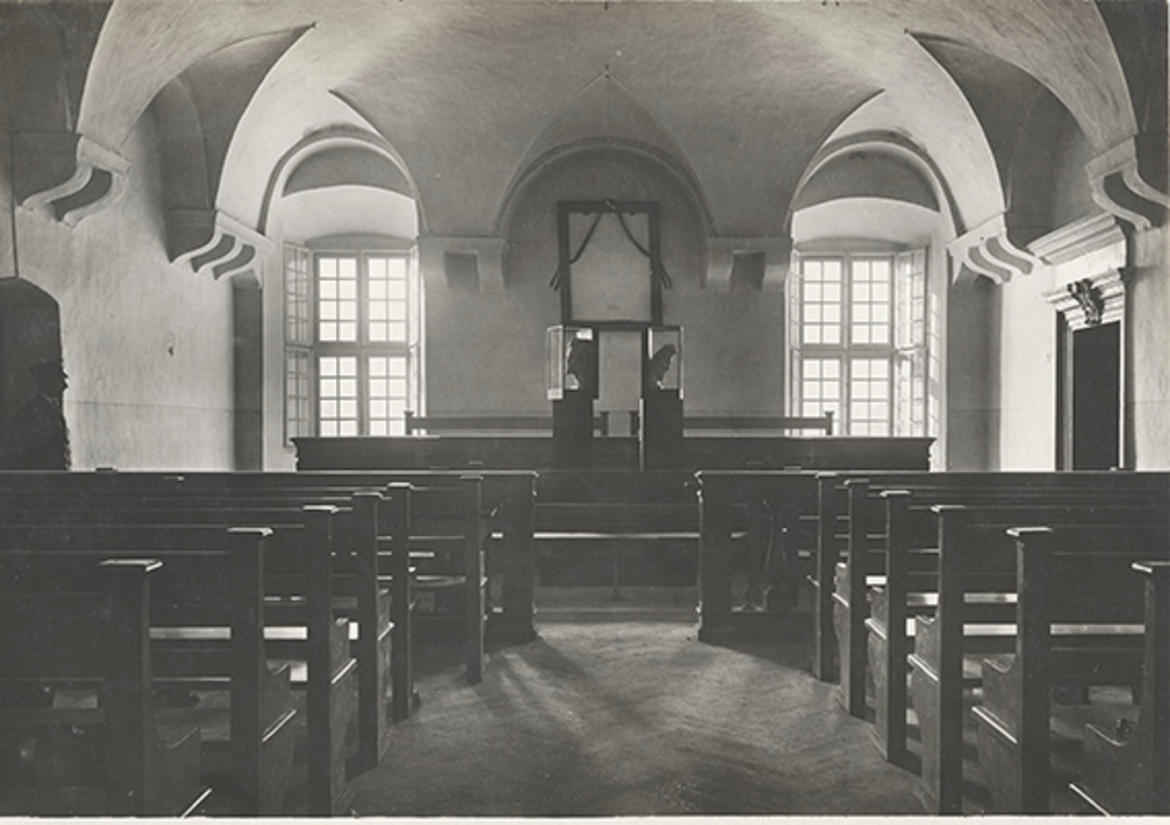Cesare Battisti: the History and Art of his Times. From Vienna to Rome
A multifaceted reading of Cesare Battisti in the exhibition at the Castello del Buonconsiglio from 12 July

“Who was Cesare Battisti?” Although most Italians will have heard of Cesare Battisti, few know much about his life, human story, political battles or his passion for history, geography and writing. Most people associate Battisti with his tragic end in the so-called Martyr’s Ditch of the Castello del Buonconsiglio on 12 July 1916. The phrase in which the historian Mario Isnenghi describes Battisti as “one of the most cited but least known figures of the 20th century” is emblematic.
In the context of initiatives to commemorate the First World War and on the hundredth anniversary of Battisti’s death, the exhibition intends to make the wider public aware of a figure of great human and cultural depth, who had an important role in the recent history not only of Trentino but also of Italy, and who deserves to be better known, with all his complexity and modernity. It will do so using a selection of precious works of art from the era and rare historic documentation.
The first section draws an outline of the lively cultural situation in Trentino in the context of the Austro-Hungarian Empire before 1914, with paintings by Giovanni Segantini, Eugenio Prati, Bartolomeo Bezzi, Alcide Davide Campestrini and Umberto Moggioli, but also by Franz von Defregger and Albin Egger-Lienz.
In the second section, the landscapes of Guglielmo Ciardi and photographs showing Trentino as it was when it was still largely rural, together with the paintings of Emilio Longoni and Felice Carena, introduce the growing commitment of Battisti to the social, political and cultural questions of his land. This followed his return to Trento after graduating in Florence, from his socialist militancy to his election as a deputy in Vienna, taking place alongside his experience as a young geographer in the field, with his innovative research on the lakes of Trentino.
The third section is dedicated to the period immediately preceding Italy’s entry into the war, when the Trentino people were immediately involved in the Austro-Hungarian war effort. This era saw Battisti involved in the interventionist campaign in Italian cities, the call to arms, the Katzenau internees and in parallel, the works of Depero, Balla and Bonazza, but also of Kriegsmaler, such as Alfons Walde, Albin Egger-Lienz, Hans Josef Weber-Tyrol and Hans Bertle, the latter witnessing the capture of Battisti on Monte Corno.
Other historical and figurative testimony – from Beltrame, Pogliaghi, Sartorio, Sottssass, D’Andrea, Guala, Viani, Mantelli and Morando – recounts the crucial years of the war, the gargantuan struggle in the peaks of the Alps and the Austro-Hungarian military machine, quartered in the 16th century halls of the Castello del Buonconsiglio. The final section is dedicated to the creation of Battisti’s legend, with fundamental works constructing the iconography, such as the paintings by Carrà and Barbieri. The initiative promoted and organised by the Castello del Buonconsiglio sees the involvement of the Fondazione Museo Storico, the Museo della Guerra in Rovereto, the Accademia degli Agiati in Rovereto, the Fondazione Bruno Kessler, the Società di Studi Trentini, the Faculty of Arts at the University of Trento and the Municipality of Trento.
The exhibition is one of the initiatives organised to commemorate the hundredth anniversary of the First World War decided by the Prime Minister’s Office. Open every day from 10.00 to 18.00 (except Monday). In August the castle will also remain open on Mondays.
Source: www.buonconsiglio.it
19/05/2016




